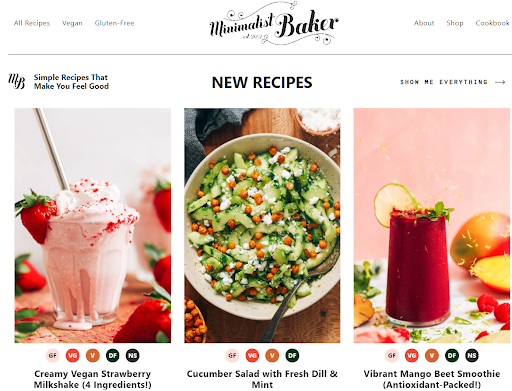Facebook
Twitter
LinkedIn
Reddit








